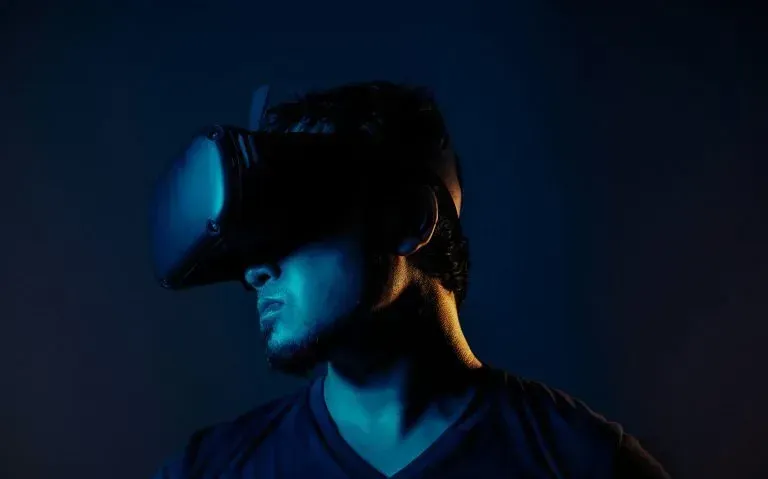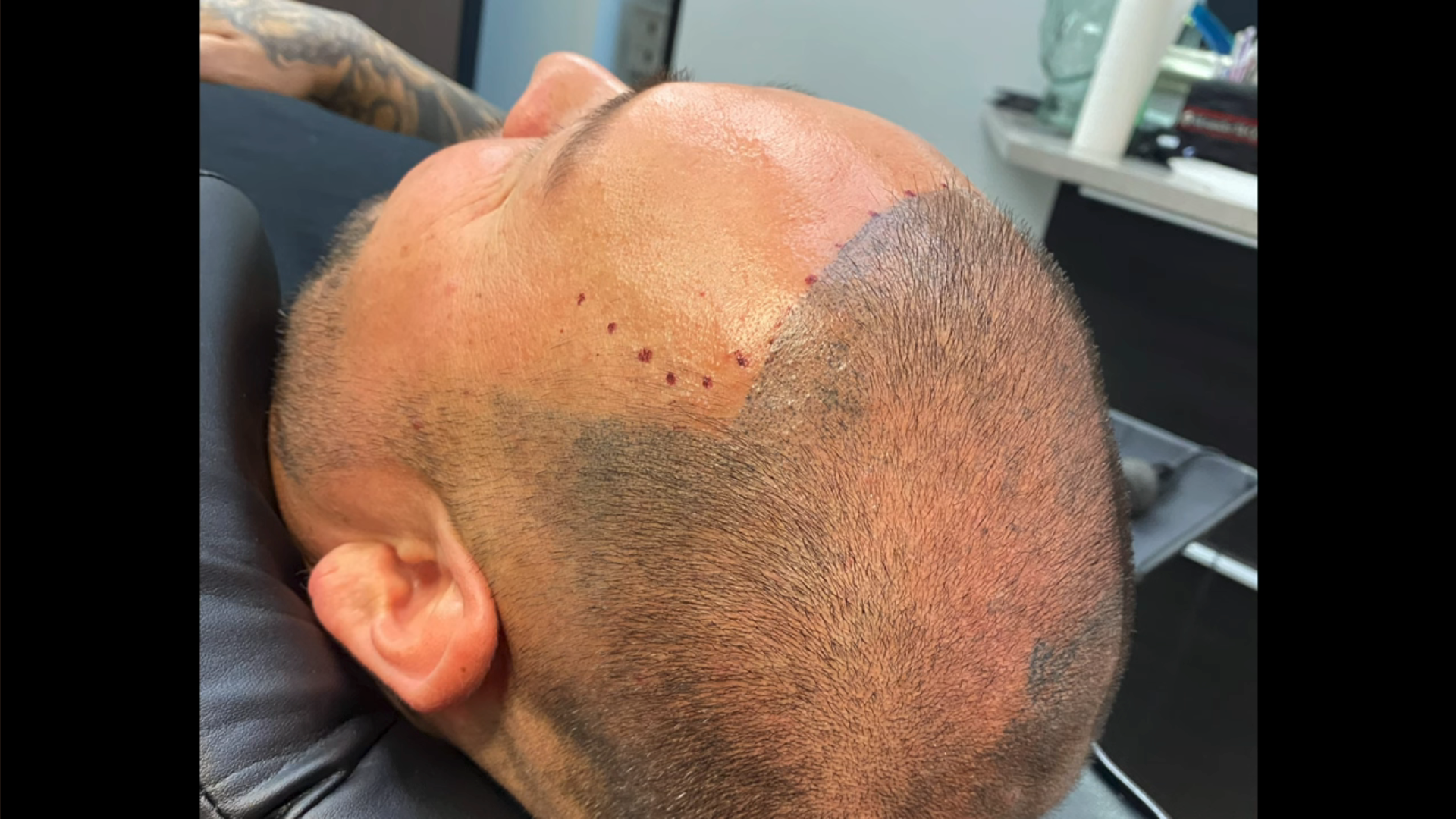The Future of Hair Loss Treatments
The future of hair loss treatments promises groundbreaking innovations that could revolutionize the field. Researchers and scientists continuously explore new advancements and potential solutions, bringing hope to millions affected by hair loss.

Stem Cell Therapy
Stem cell therapy is one of the most promising developments in hair loss treatment. It utilizes the power of stem cells to stimulate hair growth and regenerate hair follicles. Stem cells can develop into different types of cells in the body, making them ideal candidates for hair restoration.
During stem cell therapy, stem cells are extracted from the patient’s body, typically from the adipose tissue or bone marrow, carefully processed, and prepared for injection into the scalp. Once injected, the stem cells work by promoting the growth of new follicles and rejuvenating existing follicles. Research in Stem Cell Therapy is ongoing, but early results are promising. Clinical trials have shown significant improvements in hair density and thickness in individuals undergoing Stem Cell treatment.
Gene Therapy
Another area of research with great potential is gene therapy. By manipulating genes, scientists aim to target and reverse the genetic causes of hair loss. One vital gene therapy technology is CRISPR-Cas9, a powerful tool for precise gene editing. Researchers can stimulate hair growth and restore hair follicles by making targeted modifications to these genes. CRISPR has shown remarkable potential in various fields, and its application in hair loss treatments is no exception.
In addition to CRISPR, other gene editing techniques include zinc finger nucleases, engineered proteins designed to bind to specific DNA sequences and introduce targeted breaks in the DNA. These techniques allow for adding or removing genetic material, potentially correcting mutations that contribute to hair loss.
Virtual Reality (VR) Hair Simulation
With virtual reality, patients can visualize the outcomes of various hairstyles and hair restoration procedures before treatment. By using VR headsets, patients can virtually try on different hair lengths, colors, and even textures. VR helps patients visualize outcomes and boosts their confidence in the decision-making process, allowing them to clearly understand what to expect and reducing any doubts that may arise.
In addition to its benefits for patients, VR hair simulation also proves to be a valuable tool for hair restoration professionals. It enables them to communicate effectively with their patients through visual demonstration of potential outcomes of different treatment options.
AI in Hair Restoration?
Artificial Intelligence (AI) has revolutionized many industries and is now entering the hair restoration industry. AI algorithms can help researchers and doctors analyze hair loss patterns more effectively and develop personalized treatment plans for individuals with hair loss. AI algorithms can process vast amounts of data, including genetic information, medical history, and lifestyle factors, to identify the underlying causes of hair loss. By understanding each patient’s unique hair loss characteristics, AI can provide targeted solutions tailored to their specific needs.
Furthermore, AI can predict the effectiveness of different treatment options by analyzing a large database of hair loss cases and treatment outcomes. It can also assist in developing new treatment methods by identifying potential breakthroughs! Overall, AI in hair restoration holds great promise for the future!
The Future is Now at SMP INK
At SMP INK, you can restore your confidence through a non-surgical hair restoration technique called Scalp Micropigmentation TODAY! We can restore hairlines, camouflage scalp scars, and treat Alopecia by creating the appearance of hair follicles with permanent cosmetic pigment. Book a free consultation today!

SMP INK
4015 S. El Capitan Way Suite 100
Las Vegas, Nevada 89147
Phone: 702-277-7044
Email: tyler@smp-ink.com
All Rights Reserved | SMP INK


